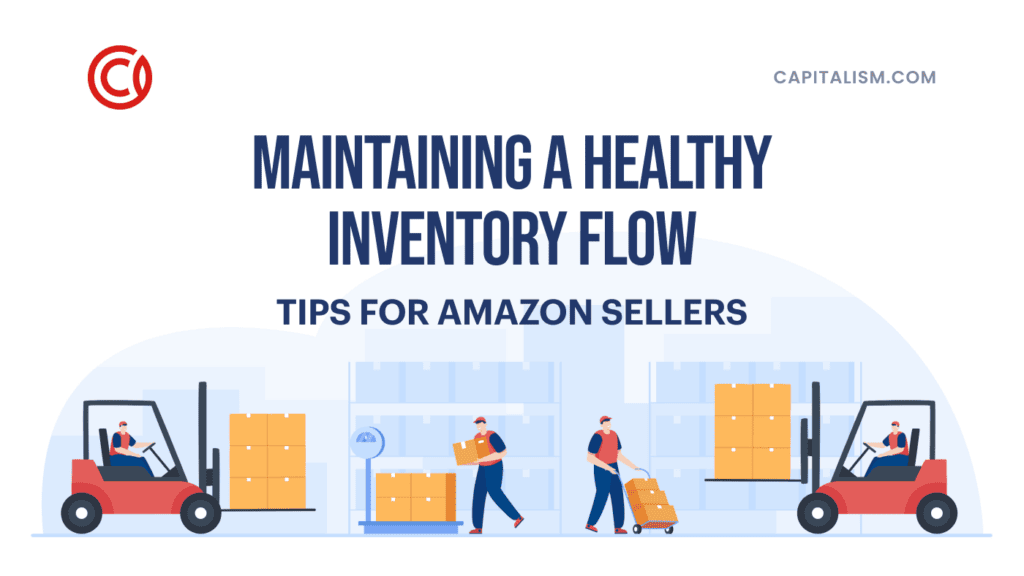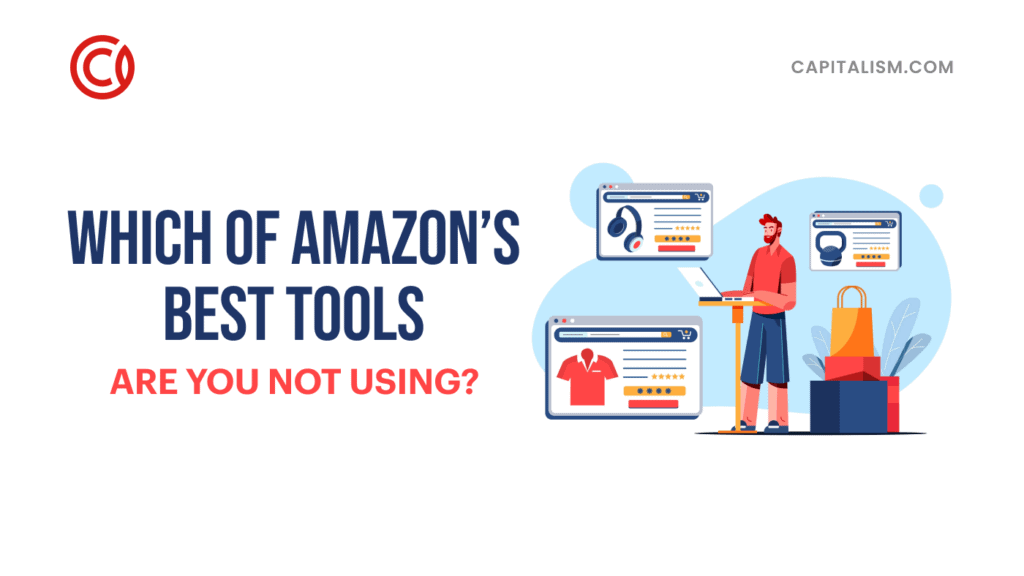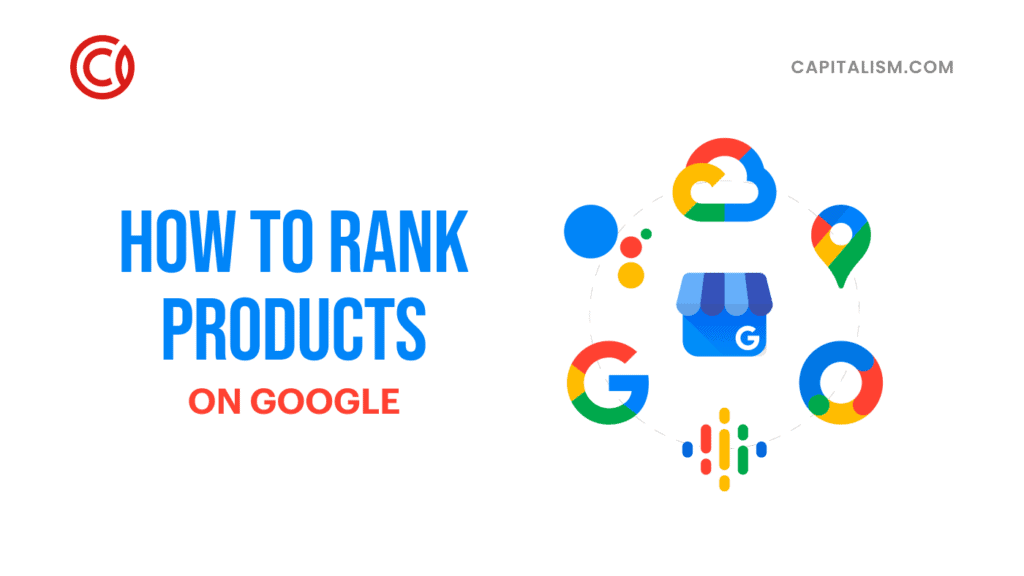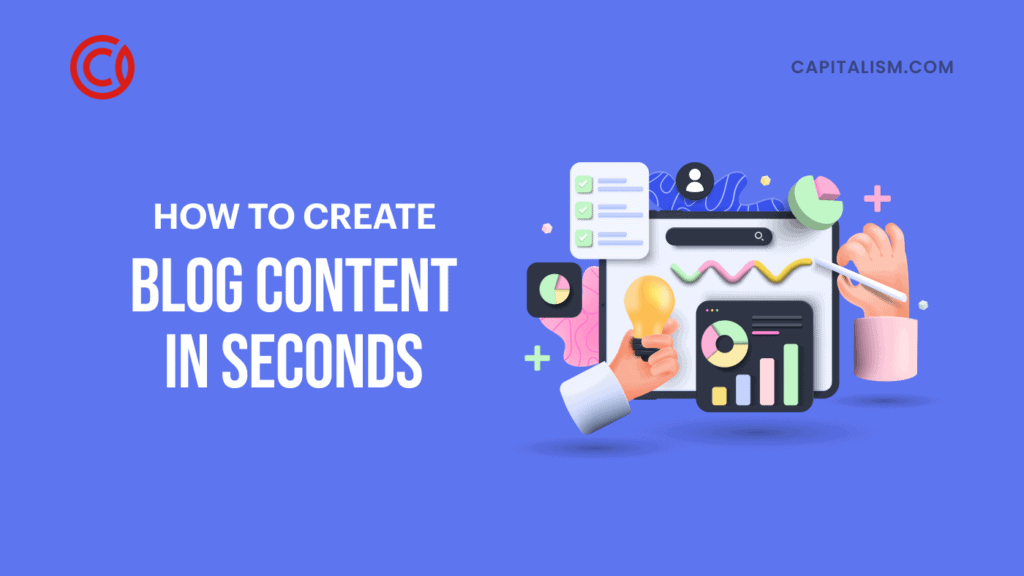When looking to put a new product on the market, great care must be made when planning to launch it to the world.
Your overall goal is for the product to be successfully taken from the mind of its creator, and, with proper presentation, customers will insist that it live inside their homes.
Whether you are a business owner of a brick and mortar, e-commerce, startup, or an established company, there is no guarantee that every product you launch will be a success.
In fact, according to Harvard Business School professor, Clayton Christensen, there are over 30,000 new products introduced every year, and a whopping 95 percent of them fail.
This is a frightening statistic, to say the least, and it makes learning the steps of how to launch a physical product even more crucial.
You will want to take every available step to increase the likelihood of your product ending up among the 5%.
When formulating a plan for a product release, several essential components are necessary to boost its chances of success, and they are:
- Innovation & Observation
- Communication & Perspiration
- Calculation & Planning
- Implementation, Investment, & Teamwork
Working well with others is crucial when wanting to launch a product, and is why you should encourage others to join you on the journey of your product plan.
By inviting others with valuable expertise and experience to become contributing members to your product launch, you can begin working on developing the essential components needed for the release, and in producing positive results from it.
Many product launches fail due to a lack of resources, therefore, do not limit yourself by trying to, "go it alone," reach out and gather as much help as you can.
Once you feel equipped and ready to move forward, it is time to begin taking the steps towards making the concept of the launch of your product, a reality.
10 Steps On How To Launch Your Physical Product
1. Define, Understand, And Reach Your Target Audience
You and your team must observe, analyze, and define the specific group of people you want to target, before launching your product.
To discover which audience this group will be, you will need to take a close look at analytics, relevant statistics, case studies, customer geography, demographics, and behavioral patterns.
By learning your target audience, you gain knowledge of your marketing direction and can begin focusing on building an effective strategy.
You will have a better understanding of where to place your advertising dollars, and on the types of communication, tactics to use to reach your audience correctly.
2. Know The Fundamental Problem Your Product Solves
Once your target audience is defined, the next appropriate steps are to uncover their needs, the challenges they face, and the gaps that exist in the competition.
The answers you seek can be found from product beta testing, by asking potential customers relevant questions, and for their feedback.
It is also vital to review similar products offered by the competition and to weigh their pros and cons to see how they compare to yours.
Your goal is to obtain the knowledge of which customer problem is currently not being addressed and to make your product the ultimate solution.

3. Become Familiar With The Buying Journey
In addition to uncovering your target audience and in learning what problem your product solves, it is also vital to develop a deep understanding of buyer pain points, where they get their information, and what influences their buying decisions.
Go where the customers are and become a part of their process.
Look at what it is like to purchase your product from the buyers perspective, and in doing so, make a note of areas needing improvement.
Strengthen any weaknesses you find, to make a better buying experience for your customers.
Be aware that a different set of expectations comes with every customer and is dependent on what stage they are in the buying journey.
You must gain knowledge of these expectations, and design your buying process, product, and its market launch, to ensure they meet your customer needs at every stage.
4. Secure Your Product’s Online Identity
In today’s tech-savvy world, some might say you do not exist if you cannot be found online.
Therefore, begin building an online presence for your product, well before its launch date, to secure its identity.
Start by checking to see if your domain name is available and attempt to buy the different type of URLs -- .com, .org, .net. .co.
Be sure that you secure all other essential items too, like trademarks, and various social media accounts.
You want to own as much of your product's online identity, as possible, so when customers search for your product, the results they receive will direct them to you.
5. Be Different From The Competition
The piece of advice you often hear concerning brands and products is the necessity of being different from others in your market.
Many companies underestimate how much of an impact uniqueness can have on the end result, and therefore, end up joining the “Trending” train, instead.
Ultimately, the lack of originality causes a lot of companies and their products to “blend in.” This decision is a surefire way for your product to end up among the 95% of products that fail each year.
Before launching your product, be confident as an innovative leader, and do your homework.
Make sure that your product plans and presentation, has not been done before. There is no need to reinvent the wheel.
Figure out your brand differentiators and then use them to your benefit.

6. Predict Product Launch Challenges And Variables
There is no way you can know everything, but it is crucial that you do not unintentionally overlook vital information, or leave important decisions to the last minute.
From the start, be intentional and realistic when assessing materials, labor costs, target channels, and price points.
Become comfortable with the notion of challenging the key assumptions made about your product. Question its possible successes and flaws, to make any adjustments before launching it to the public.
Make a strong effort to eliminate as much risk as possible, and address any foreseeable issues, before it is too late.
7. Create A Comprehensive Product Launch Strategy
Another significant component you need to become highly familiar with, when learning how to launch a physical product, is the creation of a deliberate, and thorough strategic plan.
Every step you have taken that has led you to this point, and the information you gathered along the way, will help you build a comprehensive product strategy.
Your strategy will begin with creating, A Brand Voice Guideline.
Before your product can be released on to the market, it must have a distinct brand, tone, personality style, and voice. This is often referred to as your, “Brand Identity.”
Figure out how you want your product to be perceived by customers during, and after every interaction they have with it.
The consistency in how you communicate as your product is key to developing an authentic and lasting relationship with your customers.
Once your guideline is finalized, you need to start developing, Product Launch Buzz.
Now that you know your brand identity, it is time to find ways to share it.
Create buzz around your product before its launch date, by using pre-order incentives.
Choose to offer, pre-order discounts, free or limited time use for first-time users, and beta testing participation rewards.
Collaborate and brainstorm with your team to uncover other types of product promotions.
Make enticing your target audience, to buy upon the launch of your product, your primary objective.
8. Develop A Unified Understanding Of Expectations Across All Departments
Now that you have developed your brand, and have chosen the marketing incentives for your product launch, it is time to ensure your plan is clearly communicated to the rest of your team.
Before launching a physical product, their needs to be a unified understanding of expectations across all departments within your company.
Provide training or offer courses, if necessary, about the importance of implementing the brand's identity during all interactions with customers.
You will want to ensure every department knows what is expected of them prior, during, and after the product launch.
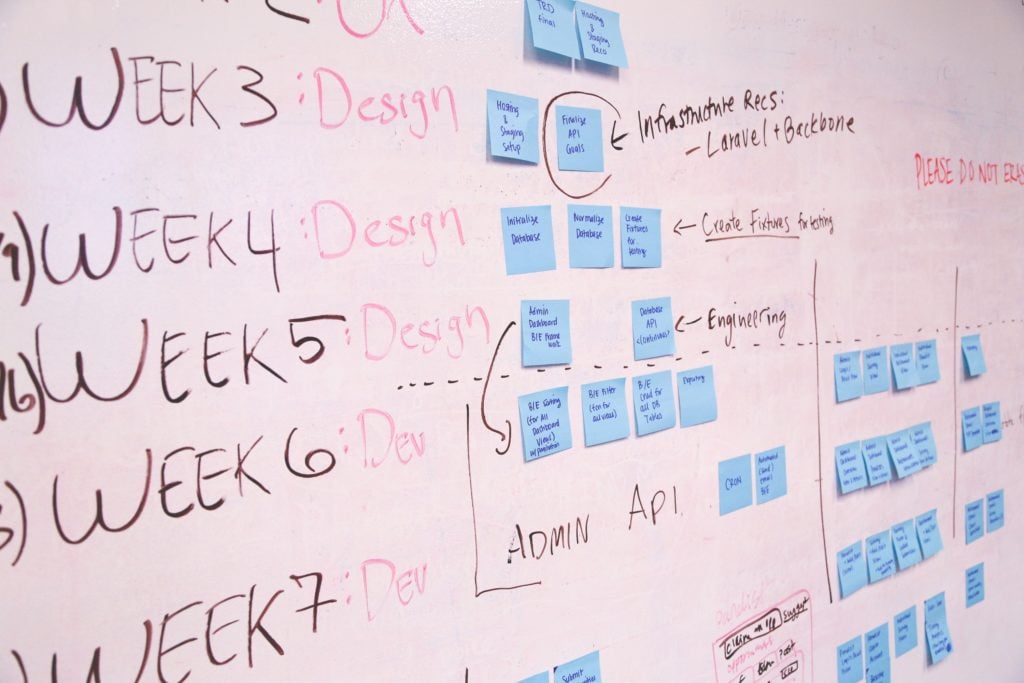
9. Establish A Multi-Year Product Roadmap For Future Development
Many company owners forget about the long-range view and the future of their product during the launching stage-- Mostly due to being super focused on the product release and their fear of getting too far ahead of themselves.
This can be a fatal error. Being attentive to the needs of the product launch is essential, but just as important, is its future.
Plan ahead by using the information gained from beta testing, customer feedback, and product interest.
Think about the different phases of development and pre-plan capacity, marketing spend and other variables.
Know the projection of your product by gaging your expectations. It is a good idea to think about where you want to see your product in two, five, or even ten years from now. Begin by establishing a multi-year roadmap.
10. Enforce A Proper Product Release Date
Another common mistake many owners make is when they release their product too soon.
Stay grounded and resist becoming caught up in the product launch hype.
Think about all that is needed for a proper launch and do not take any shortcuts.
When rushing to release a product before it is ready, it dilutes its quality and negatively impacts outcomes.
Always set realistic and attainable goals. Pay attention to the stages of product development to enforce a proper release date.
Be a part of every step of the product launch, and take a hands-on approach.
In being a profound presence during the entire process, you can easily stay informed, be updated regularly, and as a result, will make better decisions.
Encourage outside views and welcome the advice and expertise of others.
Relying solely on non-objective perceptions could put your product launch in a fragile state.
Learning how to launch a physical product and by implementing the steps required to bring it to market effectively, will increase its chance of success.
By investing in your product launch, beyond the financial aspect, makes it much easier for customers to invest in it too.



